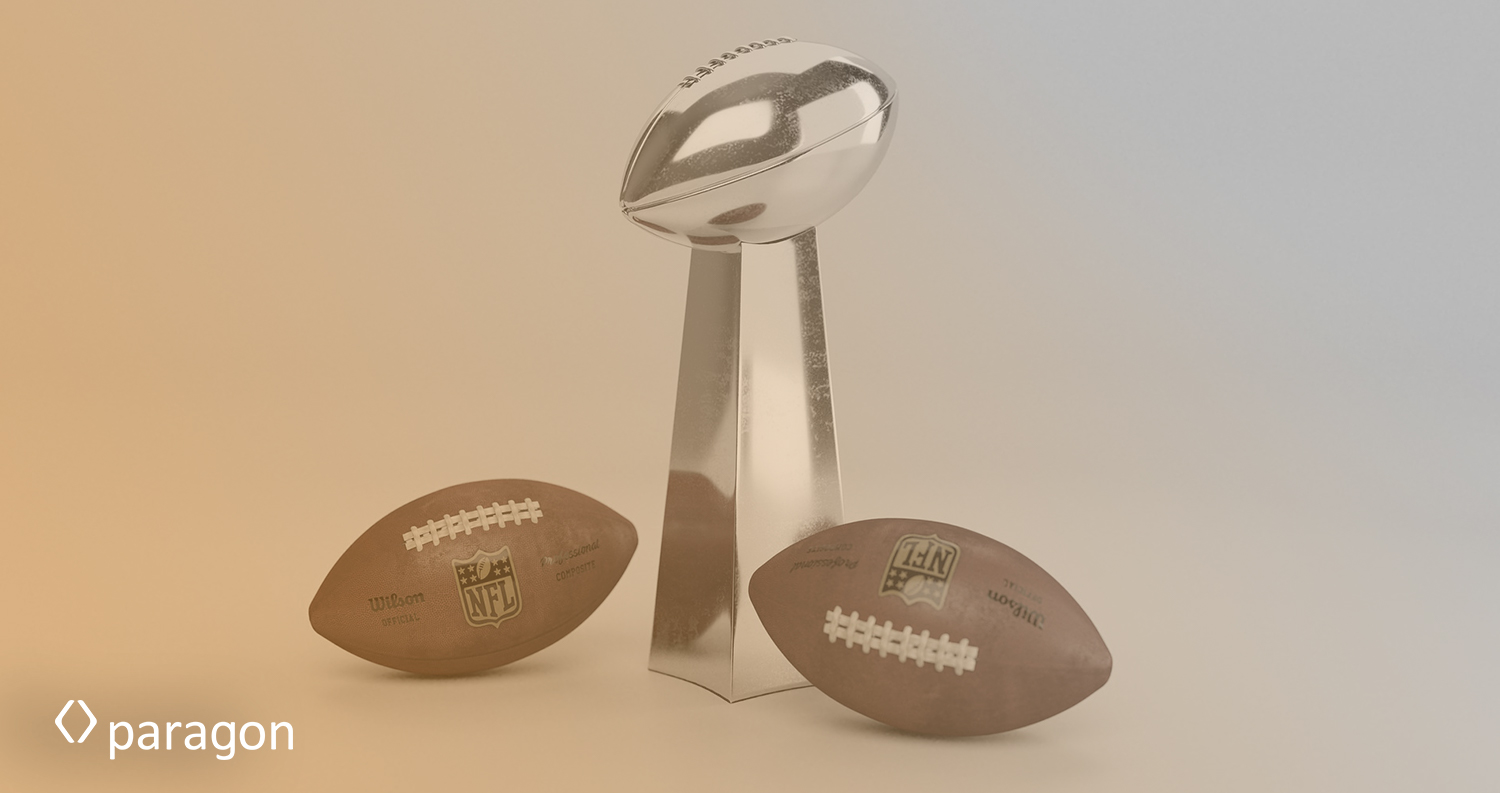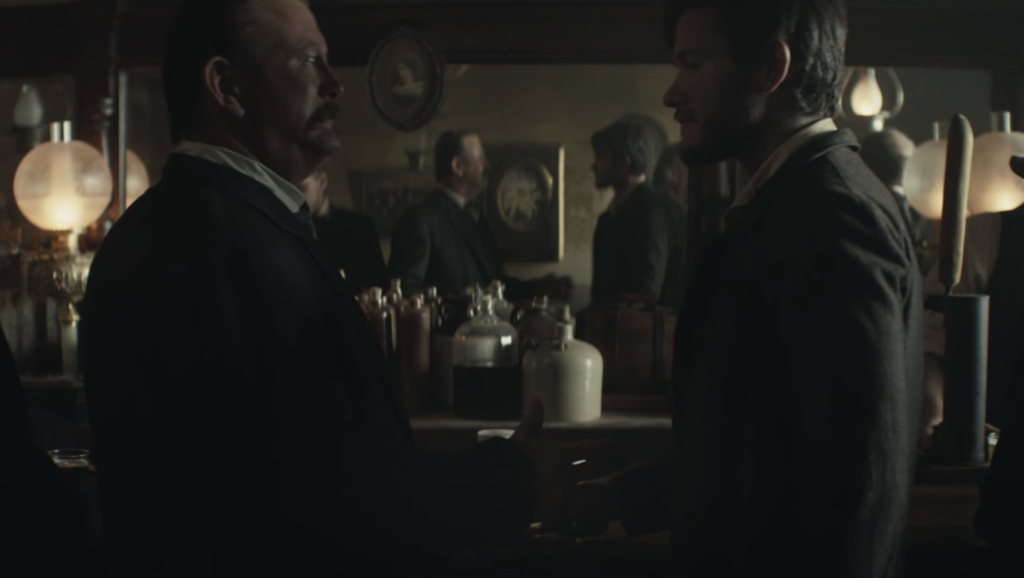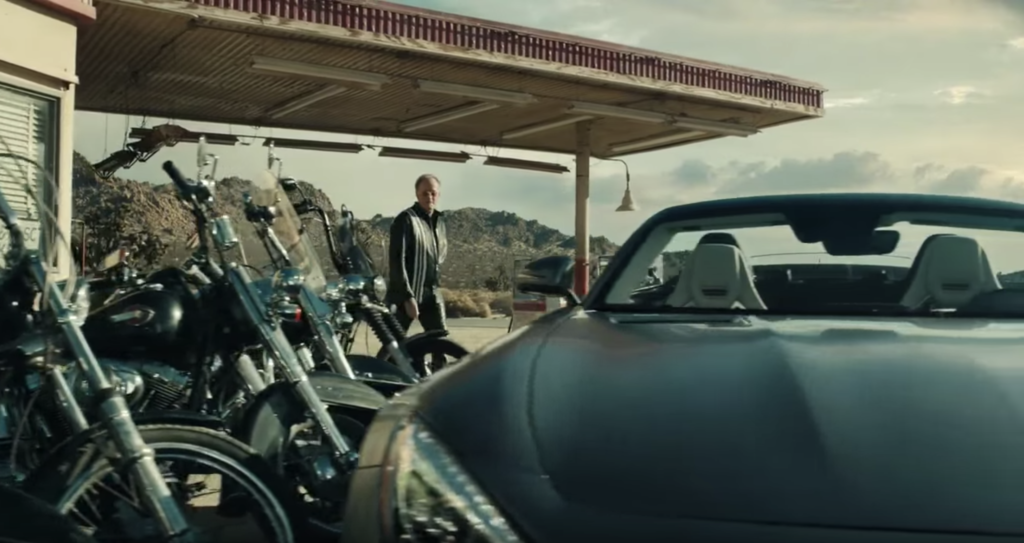The art, science and risk of Super Bowl advertising
The Super Bowl is a glitzy sports and entertainment phenomenon that guarantees a viewership of 100 million in the United States alone. This year’s show at the US Bank Stadium in Minneapolis, Minnesota – a heady mix of American football and Justin Timberlake, the half-time entertainment – will dwarf other media highlights of the year. Even the Oscars with its red-carpet celebrity and Hollywood glamour only attracts 30 million.
With numbers like that, the Super Bowl is also a remarkable marketing platform. It generates enormous hype. Many viewers settle down to take a view on the Super Bowl advertising rather than the game. If you think the coaches and quarterbacks are sweating on their strategies, spare a thought for the marketing directors of the megabrands who have bet $5 million on a 30-second ad.
These slots are not one-offs; they are multi-million dollar creatives designed to kick-start integrated content marketing campaigns that can easily cost more than $10 million in total. There is nothing “Hail Mary” about them. They are planned and honed and measured and then executed… like a tried and trusted play practiced to perfection on the training ground.
But will they work? If an ad inspires, excites or amuses the massive captive audience, then the brand’s message will spread rapidly as viewers – each one a potential consumer – start to tweet and share and like across social media platforms. Suddenly, the brand is in demand. Promotions seem more attractive. PR falls naturally into place. Bonus time.
If the ad flops? Expect to get traded…
Content – get noticed and leave an impression
So the overriding objective is to be heard above the incredible noise, to stand out from the competitive crowd and get noticed. To do this, a variety of strategies are used for Super Bowl advertising, from the bold use of A-list Hollywood stars to beautifully told stories than can be anything from dark and controversial to homely and heart-warming.
Budweiser’s “Born the Hard Way” commercial in 2017, for example, told the fictional story of Adolphus Busch, who leaves Germany for America in 1857 to pursue his dream and become a master brewer. On his arrival, locals greet the immigrant with hostility, but he goes on to great success. The timing was fortunate, perhaps, as Donald Trump’s travel ban had just been put in place. Sarah Palin and Breitbart disapproved, but the spot was a big social media hit. It had a moral point and summed up the American Dream in a few precious seconds.
But it’s not an exact science. 84 Lumber’s spot was similar in theme but rejected by the Fox network as too controversial. It revealed a Mexican mother and daughter encountering a border wall on their way to the US – just like the one planned by Trump. The ad had to be remade with the wall replaced by a barbed-wire fence. Some loved that it appeared a critique of Trump, but the Don’s irate fans threatened to boycott the store.
At Paragon, our favorite of 2017’s Super Bowl advertising was the “Easy Rider” spoof from Mercedes, which was directed by the Coen brothers. Money, as mentioned, is no object in creating this vital content! We join a gang of boozing, head-butting tattoo-covered bikers in a down-at-heel bar with “Born to Be Wild” playing on the jukebox. The music stops and the mood turns ugly – a car outside has blocked in the gleaming bikes. The bikers go outside to mete out justice to discover the miscreant Peter Fonda – star of the original film – who is passing through in his $132k AMG GT Roadster. “Still looking good,” sighs a female biker. Humorous, fun, beautifully shot, nostalgic, a twist…
Super Bowl advertising – a risky business
Developing an ad and related content strategy for the Super Bowl is always a complex process, but this year there are two awkward issues that threaten even the best-laid plans. San Francisco 49er Colin Kaepernick kneeled during the national anthem in 2016 and kick-started a wave of player protests. Will any of the Patriots or the Eagles follow suit? That would immediately shift media focus away from the game and, of course, the advertising.
Secondly, there is the growing acceptance of the potential brain damage – or chronic traumatic encephalopathy – faced by NFL players. All those high-octane, kit-crunching collisions are causing damage. The more commentators focus on this news – imagine if a player gets knocked out! – the more football’s glowing halo slips and the more the advertising message gets lost or diluted.
There’s a third issue. Perhaps as a result of the first two, the number of viewers settling down to watch the game has dropped five per cent year-on-year. Will this be true of Super Bowl 52? And will the huge price tag of that half-time spot really be worth it? Yes, the game provides incredible focus and an immense reach, but it’s also expensive and true success is never guaranteed. Just like the game itself…






Leave a comment:
You must be logged in to post a comment.